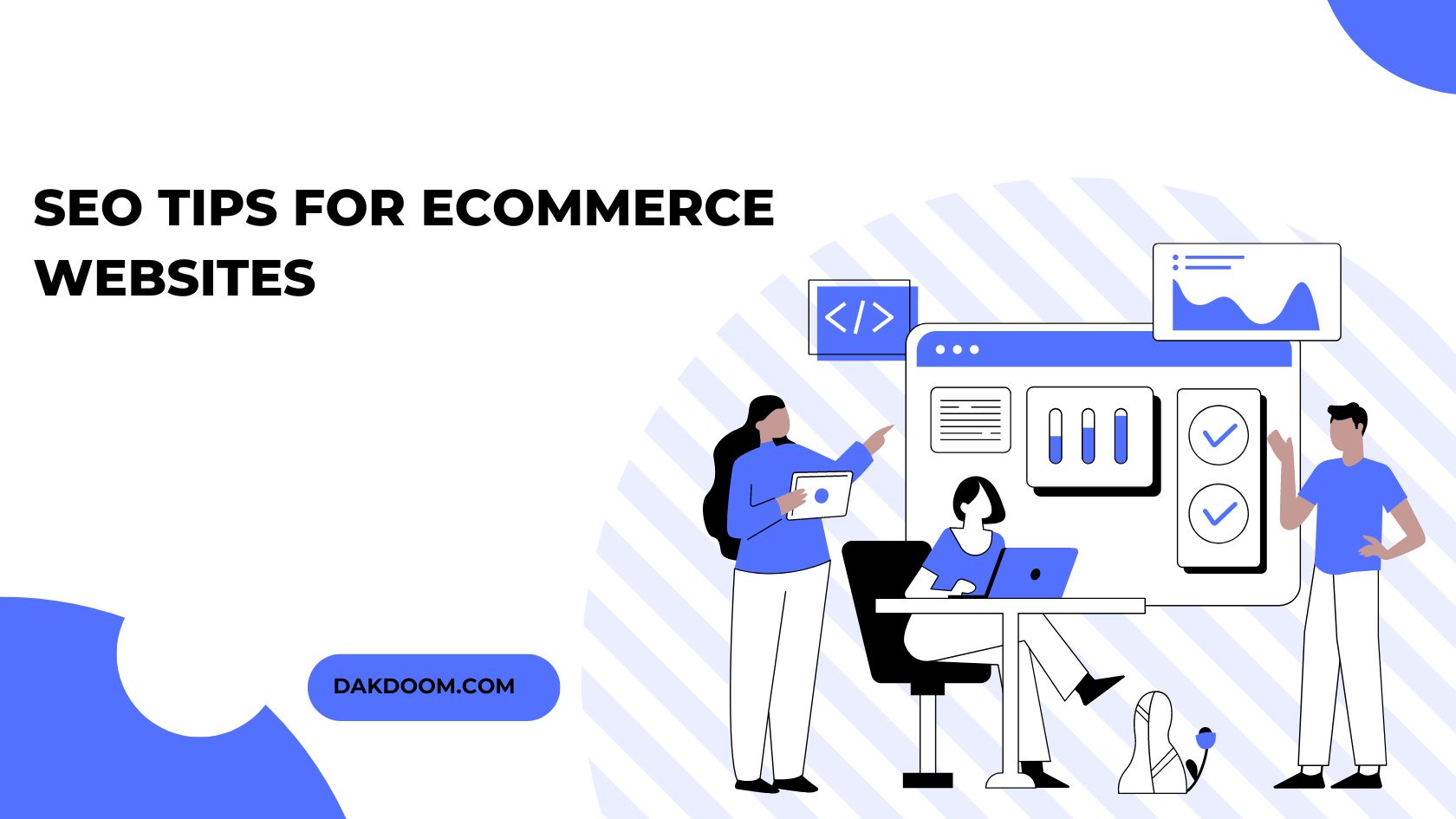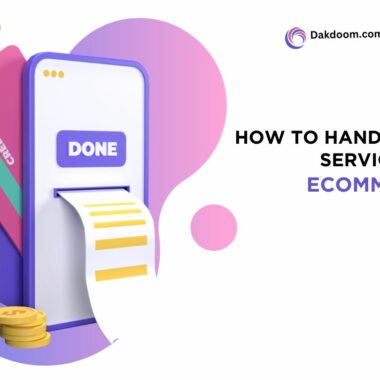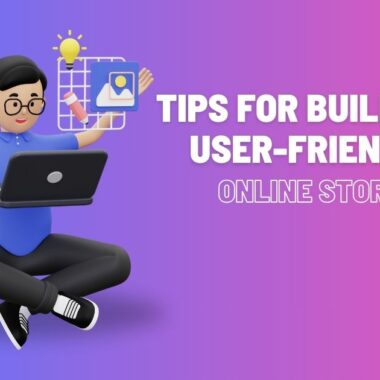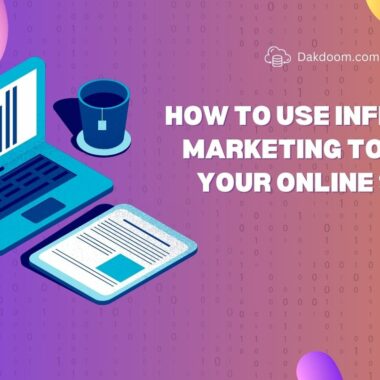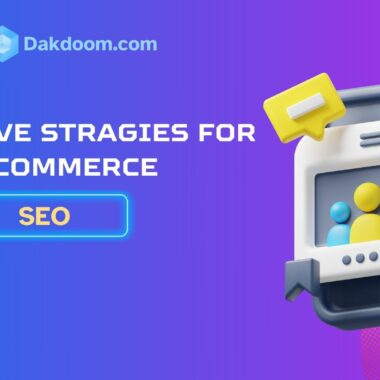SEO Tips for eCommerce Websites
In the competitive world of eCommerce, having a well-optimized website is crucial for attracting visitors and driving sales. Here are some effective SEO tips to help your online store stand out in search engine results.
1. Conduct Thorough Keyword Research
Understanding what your potential customers are searching for is key. Use tools like Google Keyword Planner, SEMrush, or Ahrefs to identify relevant keywords. Focus on long-tail keywords that reflect specific product queries, which often have less competition.
Example:
- Instead of targeting “shoes,” consider “women’s running shoes size 8.”
2. Optimize Product Pages
Each product page should be optimized for search engines. Ensure the following:
- Title Tags: Include primary keywords and make them compelling.
- Meta Descriptions: Write unique, engaging descriptions that summarize the product and encourage clicks.
- Headers: Use H1 for the product name, H2 for features, and H3 for specifications.
Example:
Title Tag: “Stylish Women’s Running Shoes – Comfort Meets Performance”
3. Use High-Quality Images and Alt Text
Images play a crucial role in eCommerce. Use high-resolution images and optimize them for faster loading times. Don’t forget to include descriptive alt text for each image, incorporating relevant keywords.
Example:
- Alt text: “women’s running shoes in blue with breathable mesh.”
4. Create Unique Product Descriptions
Avoid using manufacturer descriptions; instead, write unique, engaging content for each product. Highlight benefits, features, and use cases to help customers make informed decisions.
5. Implement Schema Markup
Schema markup helps search engines understand your content better. Use it for product reviews, prices, and availability. This can enhance your search result appearance, potentially leading to higher click-through rates.
6. Optimize for Mobile
With a significant number of eCommerce purchases made on mobile devices, ensure your site is mobile-friendly. Use responsive design, fast loading times, and easy navigation to improve the mobile shopping experience.
7. Improve Site Speed
A slow website can harm your SEO rankings and deter potential customers. Use tools like Google PageSpeed Insights to identify areas for improvement. Optimize images, leverage browser caching, and consider a Content Delivery Network (CDN).
8. Focus on User Experience (UX)
A seamless user experience encourages longer visits and higher conversion rates. Ensure your website is easy to navigate, with clear categories, a search bar, and a streamlined checkout process.
9. Build Quality Backlinks
Backlinks from reputable sites can boost your authority. Consider guest blogging, collaborating with influencers, or creating shareable content that attracts links organically.
10. Leverage Social Media
Promote your products through social media channels. Engaging content can drive traffic to your site, which may improve your search engine rankings. Encourage sharing to widen your reach.
11. Monitor Analytics and Adjust Strategies
Regularly review your site’s performance using tools like Google Analytics. Track traffic, bounce rates, and conversion rates to identify what’s working and what needs improvement.
12. Optimize for Local SEO
If you have a physical presence or target specific geographic areas, local SEO can help you attract nearby customers. Ensure your business is listed on Google My Business and other local directories. Use location-based keywords in your content and meta tags.
Example:
- Target keywords like “buy shoes in [your city].”
13. Create a Blog
A blog is an excellent way to provide valuable content and improve SEO. Write articles that relate to your products, offer tips, or share industry news. Use relevant keywords and link back to your product pages to drive traffic.
Blog Ideas:
- “How to Choose the Perfect Running Shoes”
- “The Latest Trends in Athletic Footwear”
14. Enhance Internal Linking
Internal linking helps distribute page authority throughout your site and improves user navigation. Link related products and blog posts within your content to keep visitors engaged longer.
Example:
- On a running shoe product page, link to a blog post about training tips or a related accessory.
15. Use Customer Reviews
Encourage customers to leave reviews and testimonials. Not only do they build trust, but they also generate unique content that can help with SEO. Implement schema markup for reviews to enhance your visibility in search results.
16. Optimize Checkout Process
A smooth checkout process not only improves conversion rates but also affects your SEO indirectly. Reduce the number of steps in your checkout process and ensure it is user-friendly. Google values user experience, which can impact rankings.
17. Utilize Email Marketing
While email marketing is not a direct SEO tactic, it can drive traffic to your site. Send out newsletters featuring blog content, new products, and promotions to keep customers engaged and encourage repeat visits.
18. Monitor Competitors
Keep an eye on your competitors’ SEO strategies. Tools like SEMrush can help you analyze their keywords, backlinks, and content strategies. Learn from their successes and identify gaps you can exploit.
19. Implement Video Content
Videos can significantly enhance engagement. Create product demonstration videos, tutorials, or customer testimonials. Optimize video titles and descriptions with relevant keywords to help them rank in search results.
20. Focus on Security (HTTPS)
Ensure your eCommerce site is secure by implementing HTTPS. Google considers site security as a ranking factor, and customers are more likely to trust a secure site for online purchases.
21. Use A/B Testing
Experiment with different elements of your website, such as headlines, images, and calls to action. A/B testing can provide insights into what works best for your audience and improve conversion rates.
22. Optimize for Voice Search
As voice search becomes more popular, optimizing for it is crucial. Focus on natural language keywords and questions your customers might ask. Consider creating an FAQ section that addresses common queries.
Example:
- “What are the best running shoes for flat feet?”
Conclusion
By implementing these advanced SEO strategies, you can take your eCommerce site to the next level. Staying proactive about SEO will not only improve your visibility in search engines but also enhance the overall shopping experience for your customers. At dakdoom.com, we’re committed to providing the best products and an exceptional online experience. Start optimizing today and watch your sales

